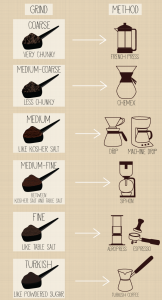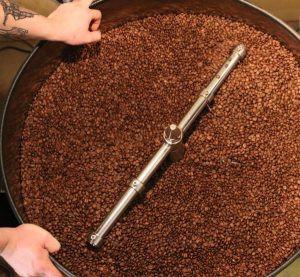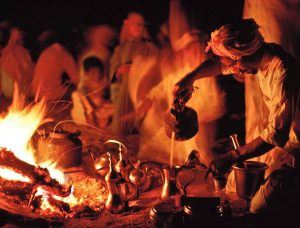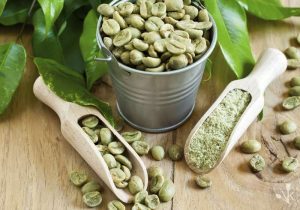Earthy and wild flavors can be caused by careless or primitive processing of the coffee bean. Such characteristics are usually not desirable.

The three criteria for grading coffee are : 1) quality of the species and the altitude in which it is grown; 2) size and appearance; and 3) “cup quality” – it’s taste and aroma.

Green coffee beans fall into one of the four following categories, whose names refer to the length of time the beans have been stored; 1) new crop; 2) old crop; 3) mature crop; 4) aged or vintage beans which have been stored six to teen years under climatically controlled conditions.

Coffee is brought and sold as many as four or five times before it reaches the end consumer.

Coffee snacks are usually made of hemp and weigh approximately 132 pounds when full of green coffee beans. More than 600,000 beans are needed to fill a coffee sack.

Before roasting, some green coffee beans are stored for years and experts believe that certain beans improve with age if stored properly.

As they age, green coffee beans lose some of their acidity and can gain body.

The coffee plant was first cultivated in Yemen in the seventh century.

The Arabs are generally believed to be the first to brew.

Coffee was first known in Europe as Arabian Wine.

Shortly before the year 1000 A.D., Arabs soaked green coffee beans in cold water to make first coffee beverage.
In the early 1400’s alcohol was forbidden by the Koran and coffee soon became the replacement beverage. It was drunk both at homes and at coffee houses.


